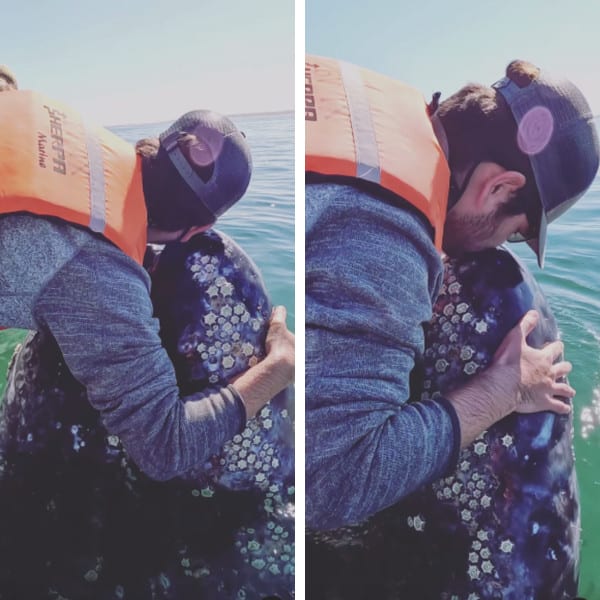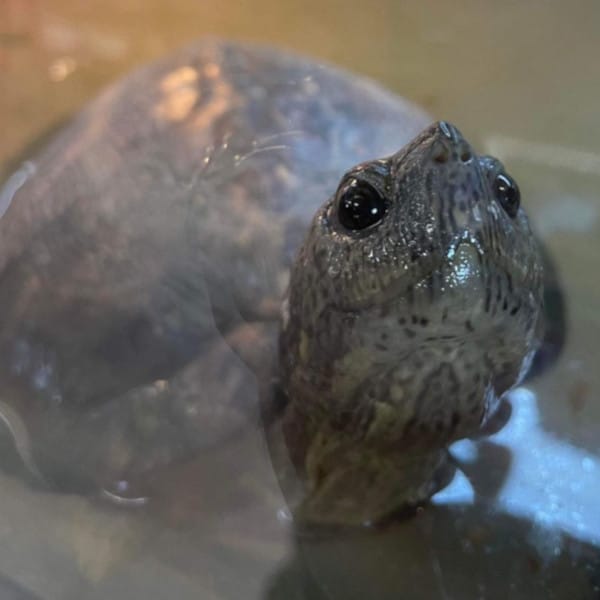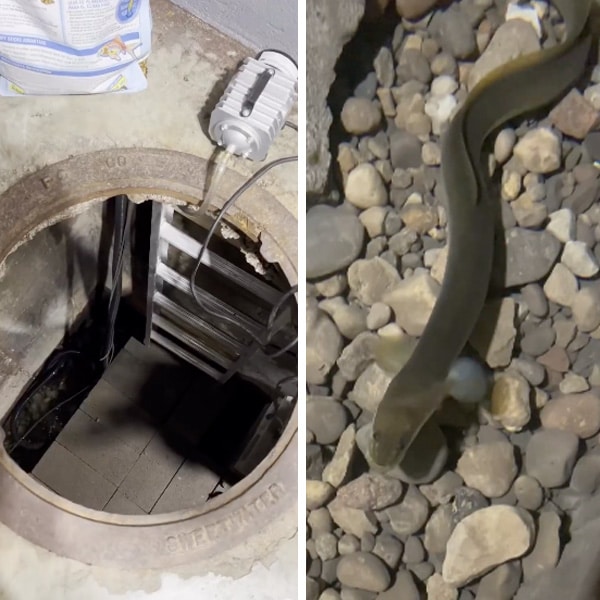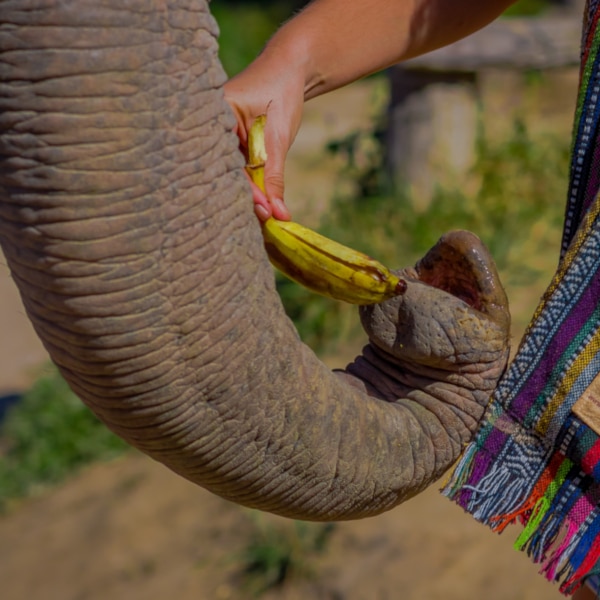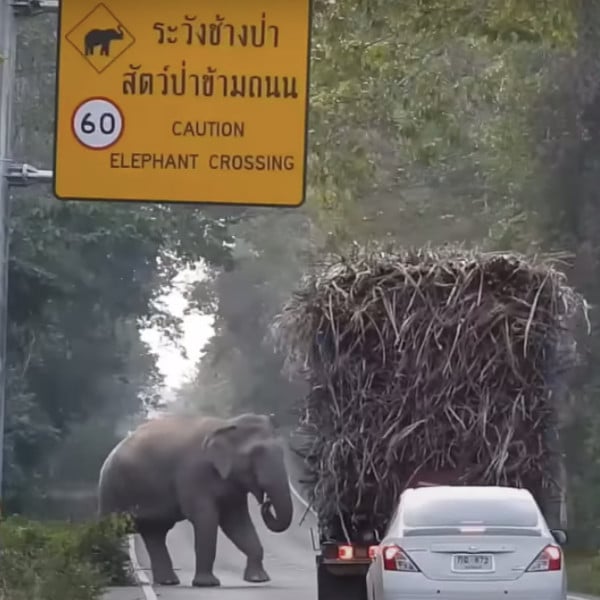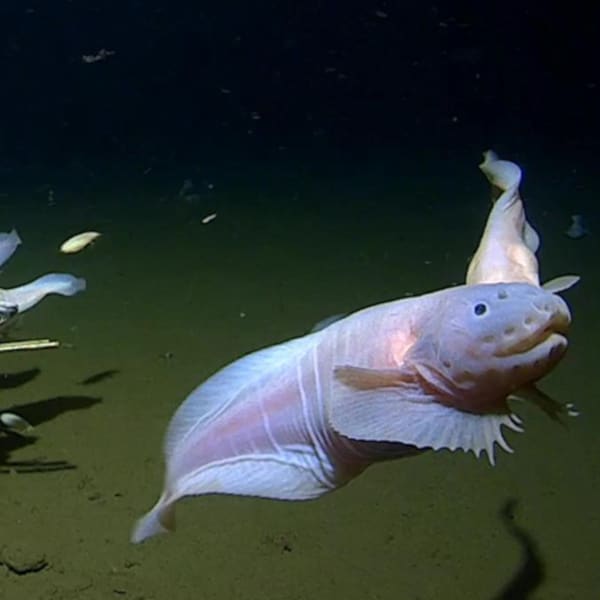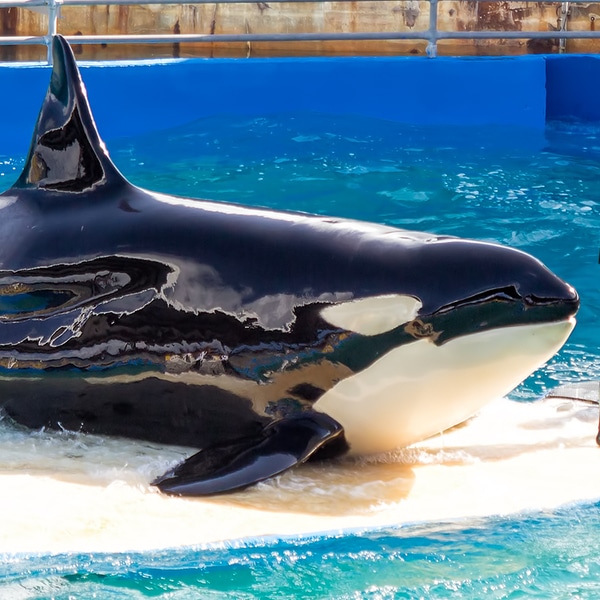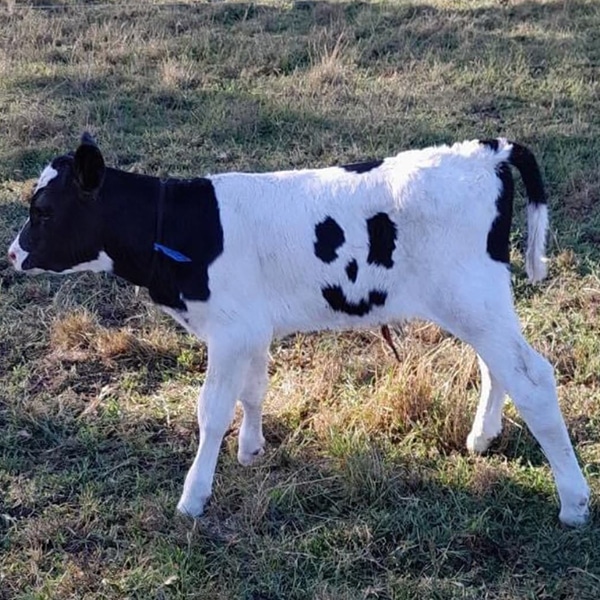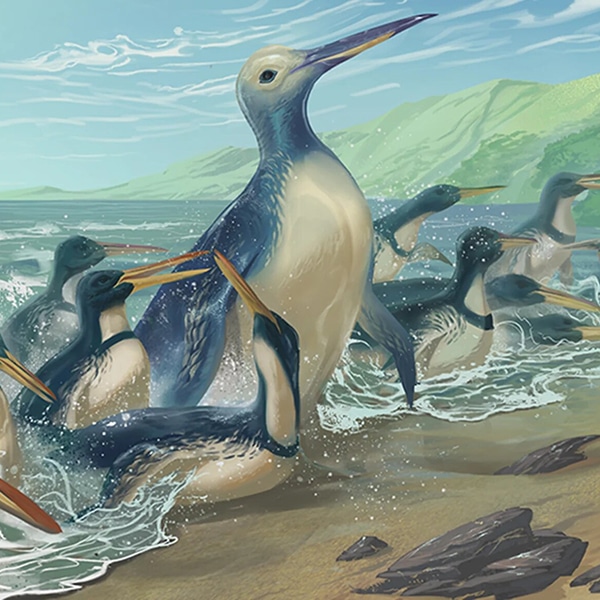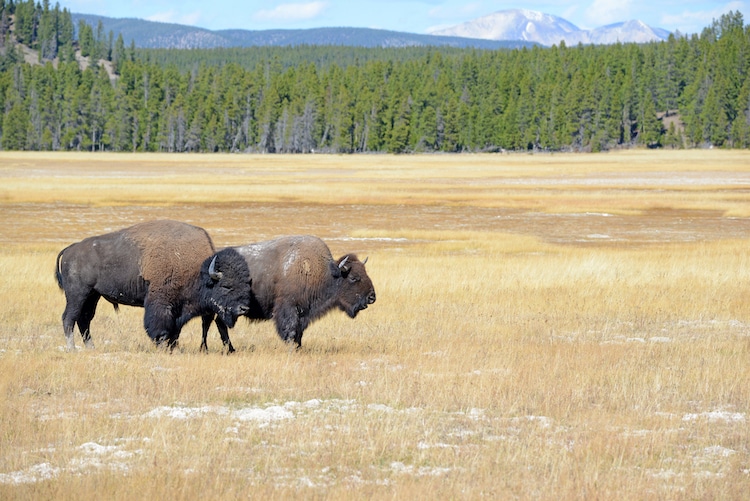
Photo: Nyker/Depositphotos
Over 5,000 bison freely roam Yellowstone National Park. These incredible animals are a symbol of American history and the park is the only location in America that these prehistoric animals have always called home. However, a spate of bison attacks on park visitors has brought renewed attention to how we interact—or rather shouldn't interact—with these animals.
During the last week of June, park officials reported that two visitors were gored by bison in just three days. The first incident was caught on video, which quickly made the rounds online. In the video, we see a family walking quite close to a bison on a boardwalk. The bison charged the group and a 34-year-old man from Colorado quickly moved to get his child out of the bison's way before being gored himself. Then, just a few days later, a 71-year-old woman from Pennsylvania was attacked when she encountered a bison as she returned to her car.
In both cases, the incidents resulted in non-life-threatening injuries that were treated at the hospital. This brings the total number of bison attacks this year to three after a 25-year-old woman from Ohio approached a bison on the boardwalk in late May and was tossed 10 feet in the air by the animal.
This is a stark reminder that, although bison may look cute and cuddly, they are wild animals and humans need to keep their distance. Officials at Yellowstone National Park recommend staying 25 yards away from all large animals—bison, elk, bighorn sheep, deer, moose, and coyotes—and at least 100 yards away from bears and wolves. If visitors happen to encounter a bison on a boardwalk, campsite, parking lot, or other developed areas, they should back away as not to provoke an attack.
So why are these attacks happening so frequently this summer? For one, there is an uptick in Americans traveling as people are eager to shake off the pandemic shackles and move about freely. So naturally, this means more people flocking to America's national parks, including Yellowstone. Dennis Jorgensen, a bison program manager for World Wildlife Fund's U.S. Northern Great Plains Program, has some additional theories about what's causing these incidents.
In an opinion piece for NBCNews, he writes, “People are so used to experiencing wildlife through the lens of social media or a wildlife series that we’ve come to see ourselves solely as spectators rather than participants when we enter actual wild places.” He then issues a clear wake up call for anyone who may not understand how to be respectful to wildlife: “Let me be clear: When we visit parks with free-roaming wild animals, we have entered a wild area. And we have no special rights or protections, other than our own common sense.
“When you choose to not respect a bison, bear or moose’s space to get that selfie for social media, it is not only disrespectful—it’s dangerous,” he continues. “Humans may have evolved to think themselves apex predators, but they are in fact quite vulnerable.”
Bison are not only large animals—males can weigh up to 2,000 pounds—but they're surprisingly agile. They can run three times faster than humans, going at speeds of up to 30 miles per hour. So even that safe distance can be covered in a matter of seconds. But, at the distance recommended by park officials, bison are unlikely to charge because they simply don't see a threat.
So, for the safety of both wildlife and visitors, remember to respect any wild animal and keep your distance. No selfie or TikTok video is worth injuring yourself or others.
Yellowstone National Park is home to a population of 5,000 free-roaming bison.
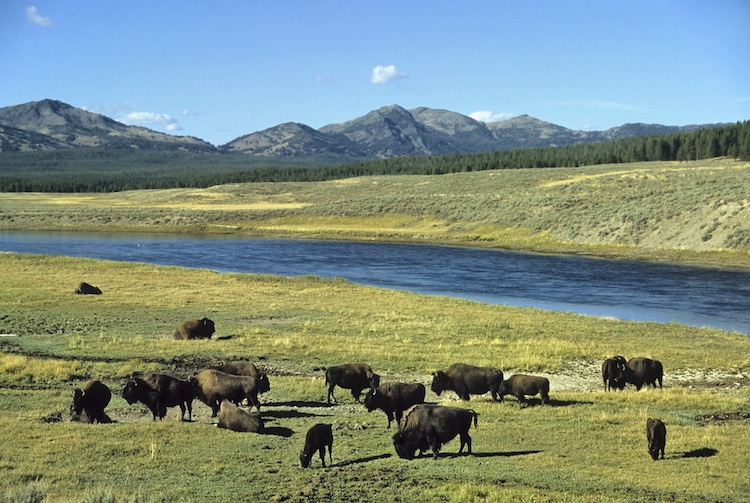
Photo: MianHamza/Depositphotos
After a spate of attacks on visitors who got too close to the bison, officials are reminding people to keep a respectful distance.
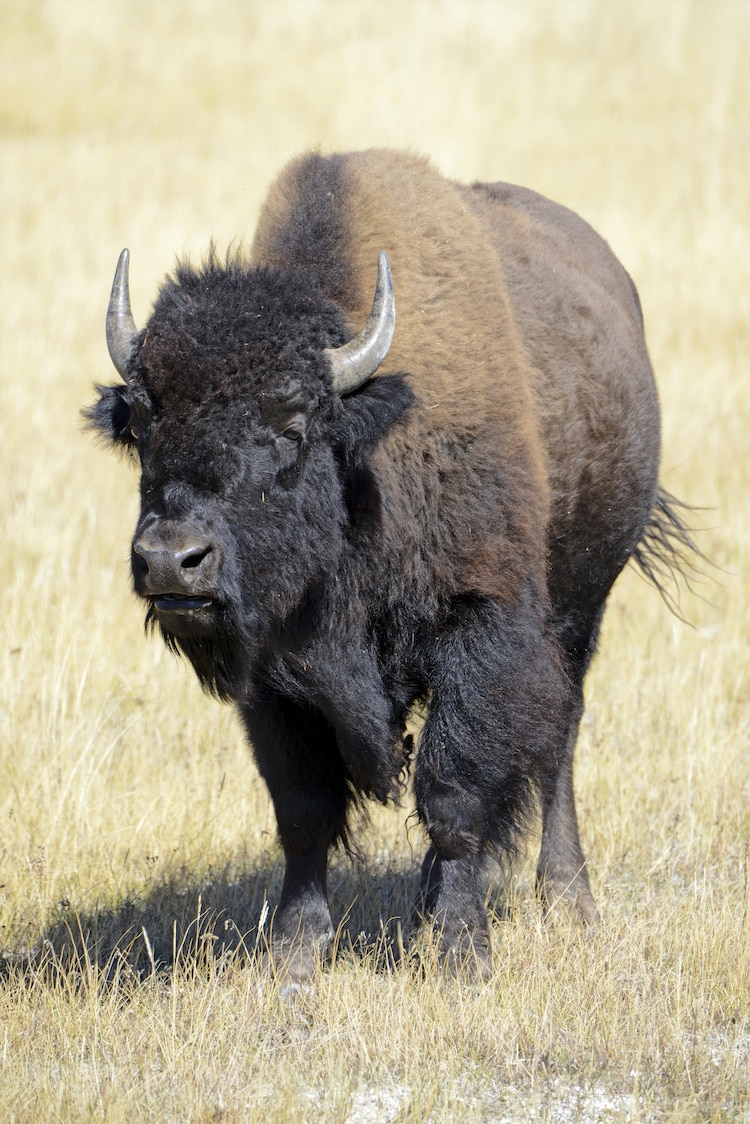
Photo: Nyker/Depositphotos
“When you choose to not respect a bison, bear, or moose’s space to get that selfie for social media, it is not only disrespectful—it’s dangerous,” says bison expert Dennis Jorgensen.
h/t: [BBC]
Related Articles:
Judge Saves Grizzly Bears From Planned Trophy Hunt at Yellowstone
Rare Wolverine Sighted by Family in Yellowstone National Park
Federal Judge Restores Protection to Gray Wolves in Most of the United States
Photographer Captures the Moment a Bison Started Charging at Him in Yellowstone











































































